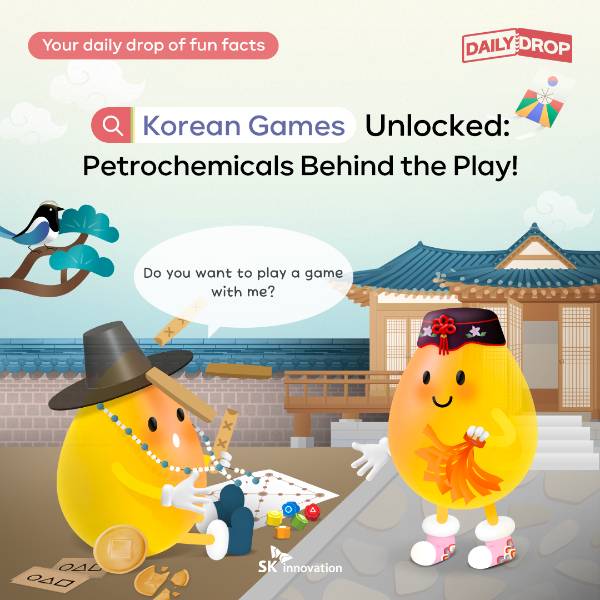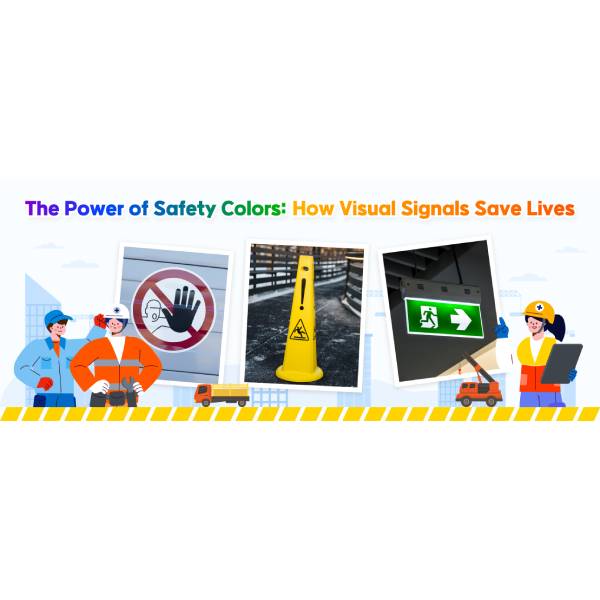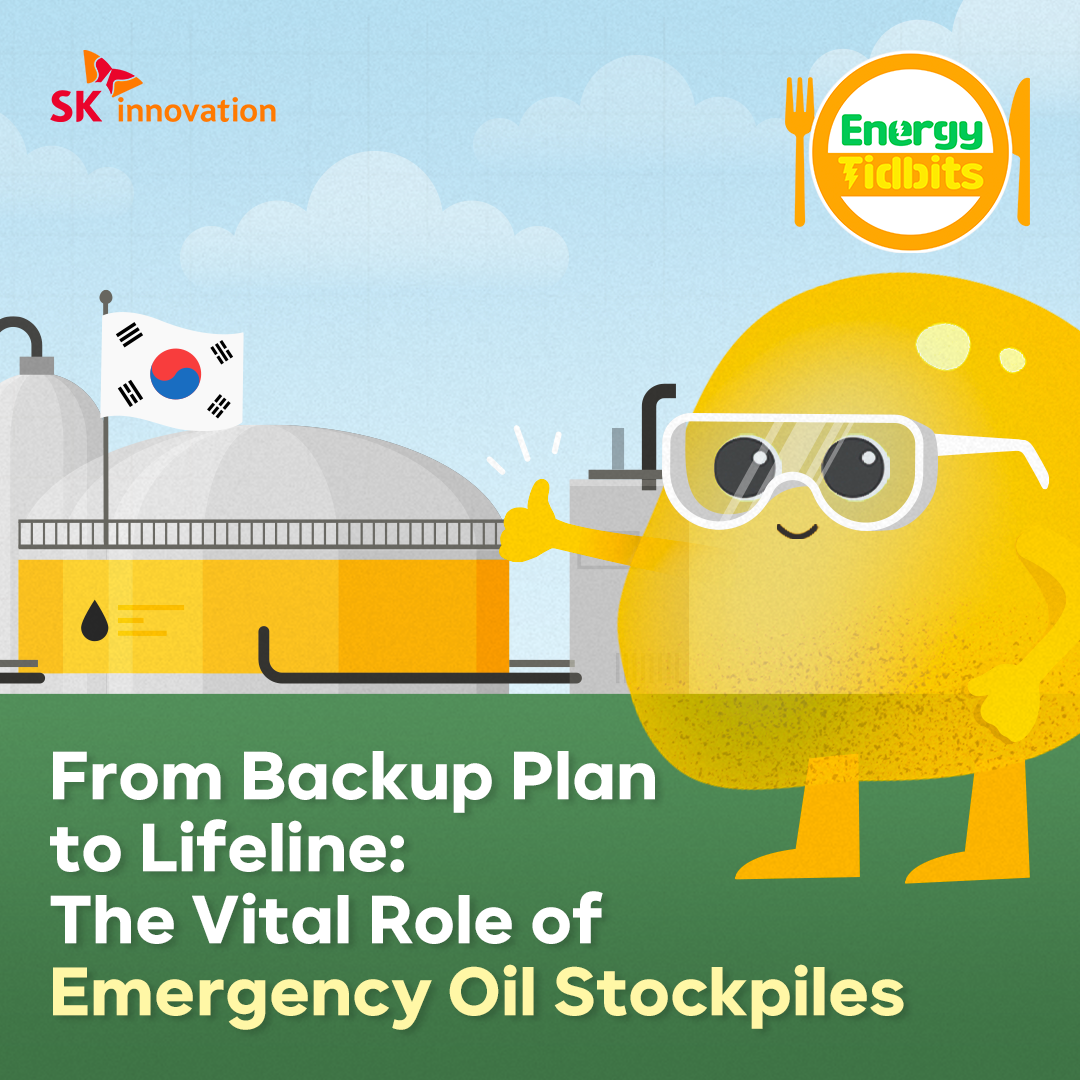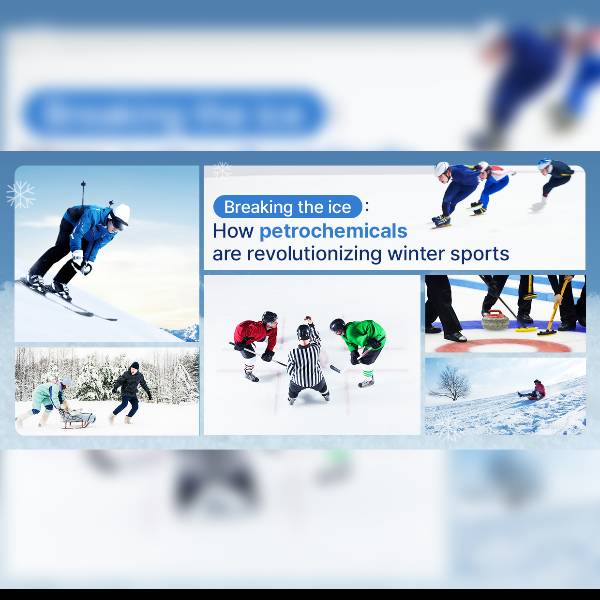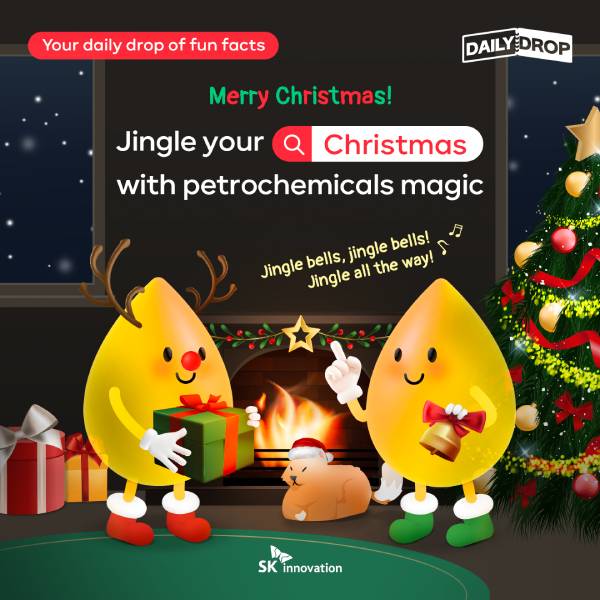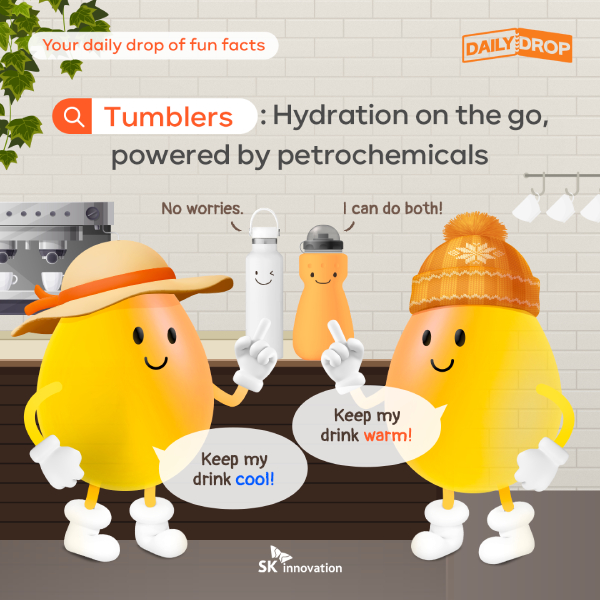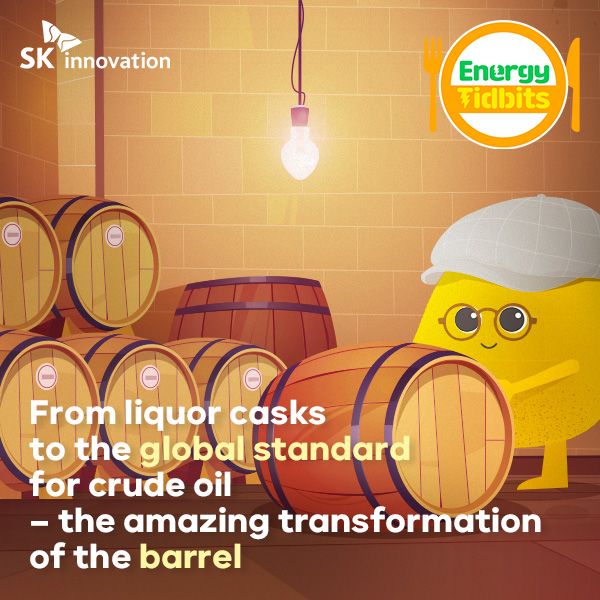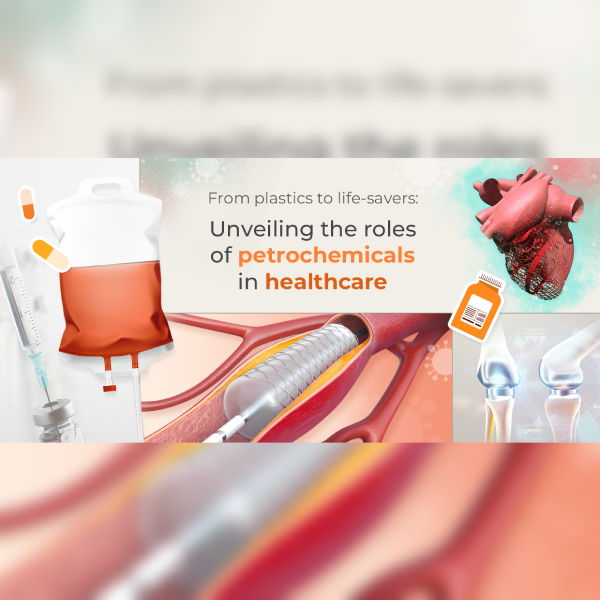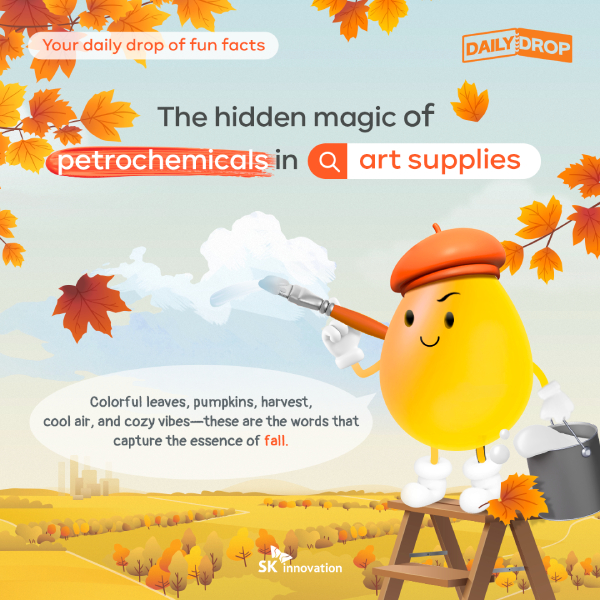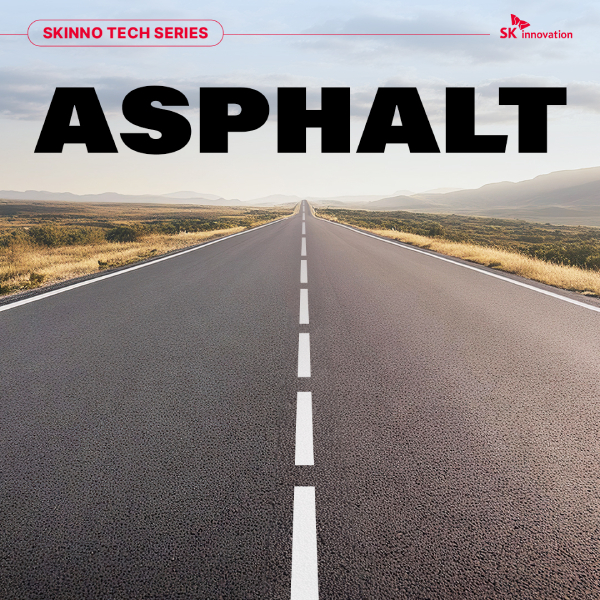 Trends & Reports
Trends & Reports
“Country roads, take me home
To the place I belong”
(“Take Me Home, Country Roads” – Song by John Denver)
These familiar lyrics resonate deeply during the holiday season, as millions set out on journeys to find their way back to loved ones. Every year in late January or early February, in countries where Lunar New Year is a major festival with extended holidays like China, Korea, and Vietnam, a flood of people embarks on journeys to reunite with family and friends. This massive wave of travel parallels the year-end holiday season in Western countries, where highways, rest stops, and trains witness similar bustling activity.
As travelers seek togetherness, the crucial role of petrochemical elements in facilitating these journeys often goes unnoticed. Let’s explore how these elements support the infrastructure that guides us home, ensuring safe, efficient, and comfortable travel experiences.
| Highway Essentials: The Backbone of Your Journey Home
Traveling along the roads that lead us home, one often encounters sound barriers strategically placed between the highways and the surrounding scenery. These structures are essential for minimizing road noise, while also contributing to safety and visual appeal. Sound barriers are generally categorized into two types: reflective and absorptive. Reflective barriers deflect noise away from its source, ensuring it doesn’t disturb nearby areas. In contrast, absorptive barriers decrease noise levels by absorbing sound energy.
A notable example of a reflective sound barrier is the “transparent sound barrier.” Although they resemble glass, their unique construction cannot be matched by ordinary glass. The key lies in the interlayer, often made of Ethylene Vinyl Acetate (EVA), sandwiched between multiple glass panes. When combined with laminated glass, reinforced under high pressure and temperature, or with high-strength polycarbonate (PC) known for its transparency, these materials form effective reflective barriers.
Absorptive sound barriers, in contrast, feature metal panels with small perforations designed to absorb sound. However, these metal panels can be prone to corrosion. To address this, a coating of Polyvinyl Fluoride (PVF), a type of polyvinyl material, is applied. PVF boasts excellent durability and corrosion resistance, making it an invaluable asset not only in road infrastructure but also in the construction, automotive, and aerospace industries.
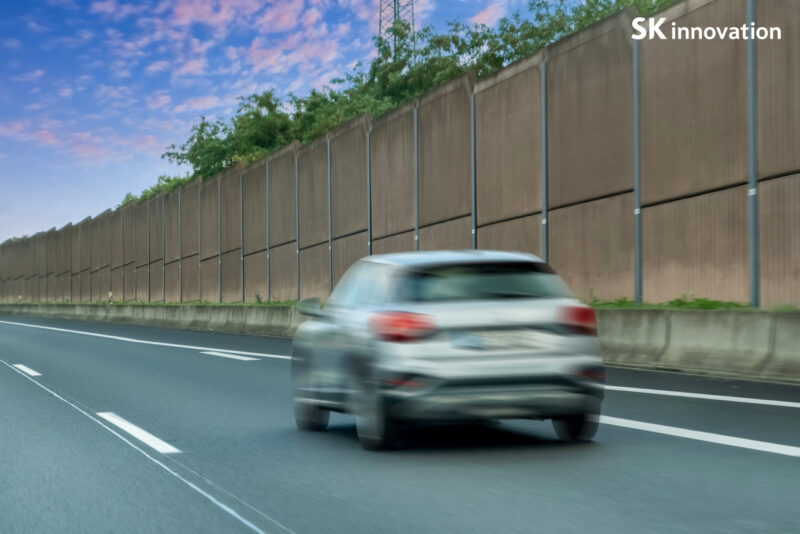
Sound barriers on the roads
Exploring the intricacies of travel infrastructure, highways emerge as vital arteries designed to handle unprecedented traffic volumes during peak seasons. These essential roads are constructed using asphalt mixtures, a crucial product derived from crude oil, a fundamental petrochemical. Through high-temperature and pressure refining, asphalt emerges as a by-product, which is then combined with aggregates and fillers to create versatile asphalt mixtures. Among these, types that effectively reduce noise and facilitate rapid drainage are particularly favored. A notable innovation in this field is the Polymer Modified Asphalt (PMA), developed by SK Energy, which has been lauded for its ability to adjust road porosity, significantly reducing vibration and friction noise between the road and tires.
Similarly, speed bumps, often crafted from the same asphalt used in road surfaces, are integral to maintaining safe driving speeds. Utilizing different materials for speed bumps could lead to skidding or friction-related issues, making uniform materials essential for ensuring vehicle control and road safety. These elements of road infrastructure, supported by petrochemical innovations, ensure our travels remain smooth and secure, even during the busiest times of the year.
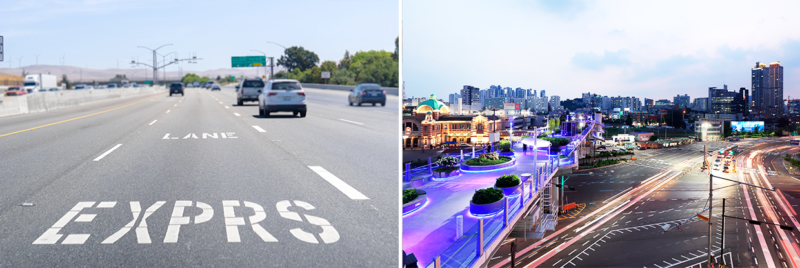
The lane guidance markings in the U.S. (left) and in South Korea (right)
Lane guidance markings, often seen in familiar colors such as white and yellow, serve as invaluable navigational aids for drivers during their journeys home. These markings enhance driving convenience and significantly reduce traffic accidents by clearly indicating lanes and traffic flow. Typically created using road paint, these markings rely heavily on acrylic as a primary component. Acrylic-based paint is favored for its quick drying time, long-lasting nature, and resilience under adverse weather conditions. This ensures that the markings remain visible and effective, guiding drivers safely to their destinations regardless of the elements. The use of such innovative materials further underscores the critical role of petrochemicals in enhancing road safety and travel efficiency.
| Highway Retreats: Where Comfort Meets Convenience on Your Journey
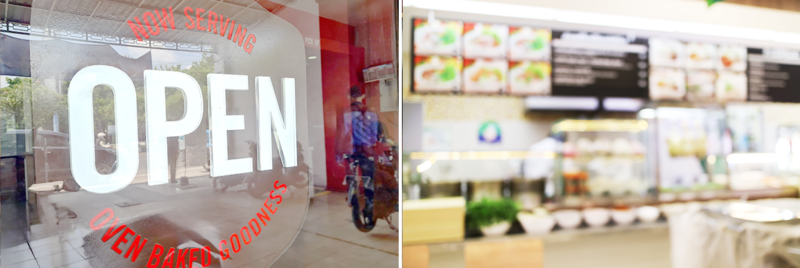
Signages displayed inside a rest stop
After spending long hours on the highway, rest stops become a much-anticipated destination. Once considered mere pit stops for necessities, rest areas have evolved into destinations for culinary delights, drawing travelers to seek out popular eateries. As you wander around, searching for that must-visit spot, the vibrant signage catches your eye. Just as cuisine has advanced, so too have the signs that proudly display these names. Lightweight and attention-grabbing materials are now the norm. Polymethyl Methacrylate (PMMA), a type of thermoplastic resin, is ideal for signage due to its excellent transparency, providing clear and vivid images. Polycarbonate, with its outstanding impact resistance, is also widely used for signs, enduring various weather conditions and ensuring that these markers remain visible and attractive. These modern materials highlight the transformation of rest stops into vibrant and inviting waypoints on our journeys.
| Guardians of the Tracks: From Platforms to Train Stations
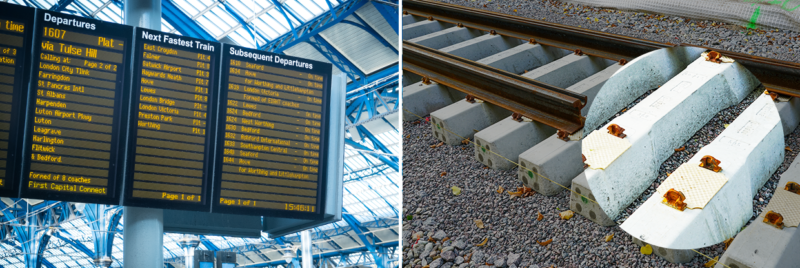
LED display panel installed at train stations (left) and rail pad placed on the tracks (right)
In any train station, one of the key focal points for passengers is the LED display board, where essential information like platform numbers and train schedules is prominently featured. These LED boards are protected with covers made from polycarbonate. As a type of engineering plastic, polycarbonate boasts glass-like transparency while being over 200 times stronger than regular glass. This exceptional strength ensures that the LED displays remain functional and protected from physical damage.
Another critical component of the railway system is the rail pad, which plays a pivotal role in securing the tracks and absorbing shocks to reduce vibrations and noise. Rail pads also distribute the load from the rails evenly onto the sleepers, enhancing the durability of the tracks. To meet these demands, rail pads need to have exceptional durability and shock absorption capabilities, making synthetic resins like Ethylene Vinyl Acetate (EVA) and Polyurethane (PU) ideal choices for their construction.
Whether by road, rail, or through bustling rest stops, the behind-the-scenes infrastructure that supports our journeys is truly remarkable. Petrochemicals play a quiet yet powerful role in making our travels smooth and enjoyable, from the sturdy highways to the welcoming signs at rest areas and the reliable components of train systems. By appreciating these often-overlooked elements, we can better understand how they contribute to our seamless travel experiences. With ongoing advancements in technology and materials, we can look forward to even more delightful journeys, bringing us closer to the places and people we love.










 Youtube
Youtube Facebook
Facebook Instagram
Instagram Linkedin
Linkedin









